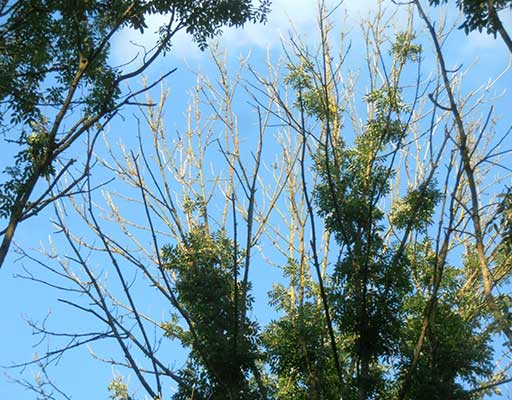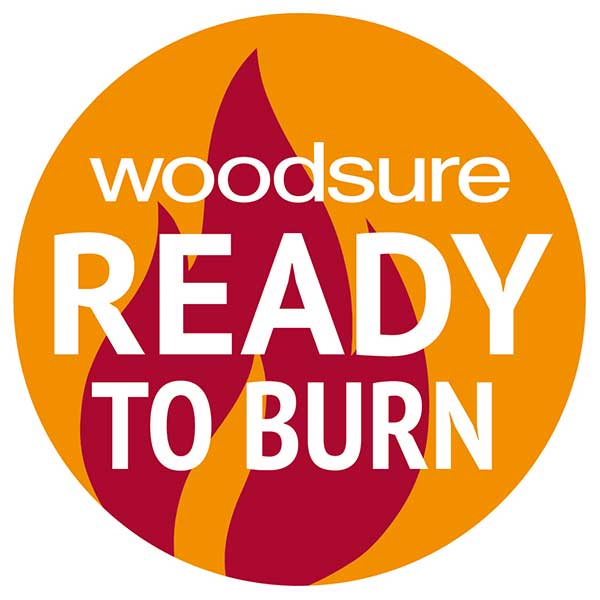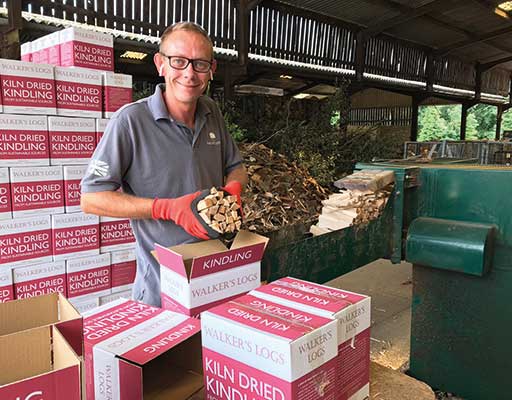
Why Our Kiln Dried Logs are Woodsure Accreditated
Here at Walker’s Logs we want to ensure that our customers are provided with the best quality products that we can produce. That’s why our kiln dried logs are Woodsure accredited.
Woodsure Ready To Burn
Woodsure Ready To Burn is a scheme that certifies producers within the woodfuel industry to show that the wood they sell is the right standard, with a moisture content of 20% or below and “Ready to Burn”. They carry out regular checks on woodfuel producers and the products that they sell to ensure that they are complying with these standards.
Seeing the Woodsure Ready To Burn Logo advertised means that there is a guarantee that the product being purchased is the correct standard and quality. At Walker’s Logs, we kiln dry our firewood to a moisture content of 20% or below, this is to ensure our customers are burning the best quality fuel. So, when you see the Woodsure Ready to Burn logo, rest assured that you are buying the best quality fuel.
So why do we think kiln dried is better?
Kiln dried logs are easier to burn. They light more easily, and they produce more heat. When trying to burn wet logs, you might find that you struggle to light the fire, you will also find that you have to use more wood than needed. This is because when burning wet logs, the majority of the fuel is used to remove the moisture from within the logs. Therefore, less heat is generated, and you will have to put more wood on the fire to achieve the same heat output. There is also less smoke output from kiln dried logs, meaning they are brilliant to use on outdoor fires too.
Compton Abdale Village Fete
On July 27th, the annual Compton Abdale Village Fete took place. This local event raises money for two local charities. We donated 10 of our kiln dried log bags which was used in the raffle that they held. There were many activities involved, from Wool Sack Throwing, Welly Wanging and a Coconut Shy to name a few! This year a fantastic £8,100.00 was raised.

Follow us on Social Media!
Did you know we’re on Social media? Follow us on Instagram, Twitter and Facebook for updates on what we’re doing here at Walkers Logs. Click the social icons below to find out more!
Summer is almost over, and Autumn is on its way!
We have had some fabulous weather over the past few months, whilst we have been busy stockpiling for the Winter, with temperatures easily exceeding 30OC in some places. The good weather has helped forest activities, and our contractors have been busy felling 1000’s of tonnes of wood. The dry weather minimises the impact of the large harvesting machines on the ground, and aids extraction of timber.
All this being said, it will not be long until we have more Autumnal weather, and we have to say goodbye to the long evenings, and Summer clothes. We suggest getting stocked up early this year, whilst the weather is good, and also to take advantage of last season’s prices. Due to rising raw material costs, prices will be going up by around 5% on 1st September 2019.
Ash dieback is going to cost billions
Chalara, also known as ash dieback, is an increasing problem for the ash tree. Ash dieback is a disease that is caused by a fungus which is extremely harmful, and deadly to Ash trees. The fungus kills trees by blocking the water transport systems within the tree. It is believed to have been imported from overseas in nursery Ash trees and then spread throughout the UK.

It is also believed to be spread through spores from infected trees that are carried in the wind. Young ash trees are more likely to be infected and killed by this compared to older trees, which can cope with the disease for a much longer period.
You can easily spot if an Ash tree has Chalara as they will show several symptoms; the leaves will begin to wilt, with brown/black discolouration to them. The leaf stem will also show discolouration, and this will be of brown colour. There will also be diamond shaped lesions on the trunk or stems of the tree, and there will be discolouration of the stem also. A healthy ash tree stem should be of an olive-green colour, whereas an infected ash tree will show a brown colouring on the stems, if cut into you will also see that the brown colour runs through the stem.

A researcher at the University of Oxford has estimated the ash dieback disease will cost £15bn to remove the dead trees. This figure takes into consideration the clean-up costs, and the costs that will be required to cover the loss of the benefits healthy Ash trees provide, such as clean air and storing of carbon dioxide.
Woodland owners are felling their ash trees before they succumb to the disease. Ash is a good hardwood to use and is completely safe to burn even if the tree has had Chalara. 50% of our current timber intake is made up of Ash, whereas compared to 2009 only 5-10% of our intake was made up of Ash.
Projects have been put into place to identify the trees that appear to have genetic characteristics that have an intolerance to the ash dieback disease, which could help with future development of ash trees. You can visit the Forestry Commission website for more details regarding Ash dieback and how this is being treated.






